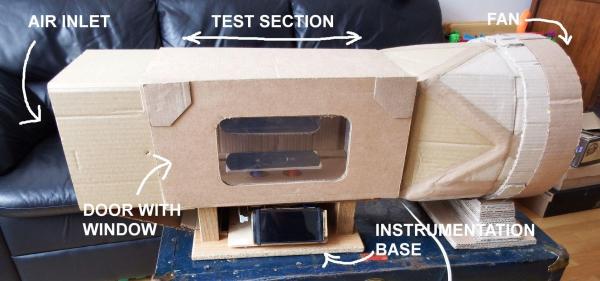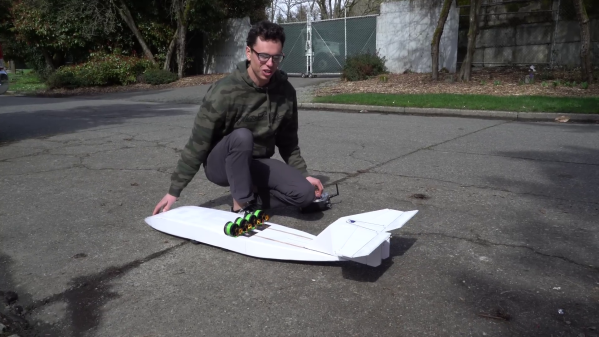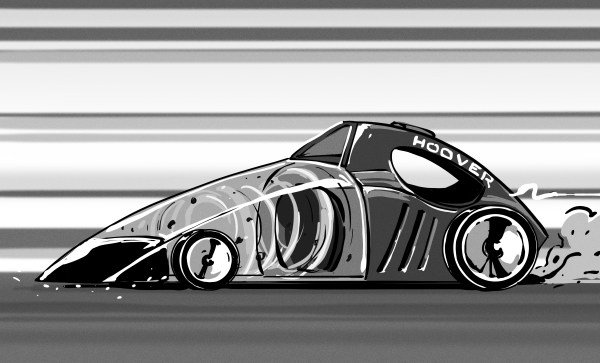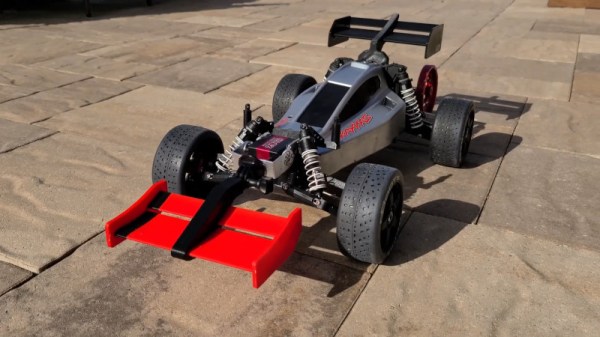We at Hackaday are great fans of hands-on classroom projects promoting science, technology, engineering and math (STEM) subjects – after all, inspiring kids with technology at a young age will help ensure a new generation of hardware hackers in the future. If you’re looking for an interesting project to keep a full classroom busy, have a look at [drdonh]’s latest project: a fully-functional wind tunnel made from simple materials.
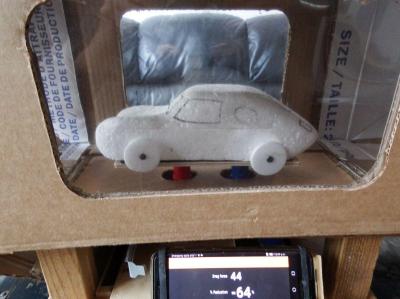 Built from cardboard, it has all the same components you’d find in a full-size aerodynamics lab: a fan to generate a decent stream of air, an inlet with channels to stabilize the flow, and a platform to mount experiments on. There’s even some basic instrumentation included that can be used to measure drag and lift, allowing the students to evaluate the drag coefficients of different car designs or the lift-generating properties of various airfoils. Continue reading “Optimize Your Paper Planes With This Cardboard Wind Tunnel”
Built from cardboard, it has all the same components you’d find in a full-size aerodynamics lab: a fan to generate a decent stream of air, an inlet with channels to stabilize the flow, and a platform to mount experiments on. There’s even some basic instrumentation included that can be used to measure drag and lift, allowing the students to evaluate the drag coefficients of different car designs or the lift-generating properties of various airfoils. Continue reading “Optimize Your Paper Planes With This Cardboard Wind Tunnel”

